DockCase P1 Adapter: A USB-C Hub that Connects to Your MacBook Pro Charger
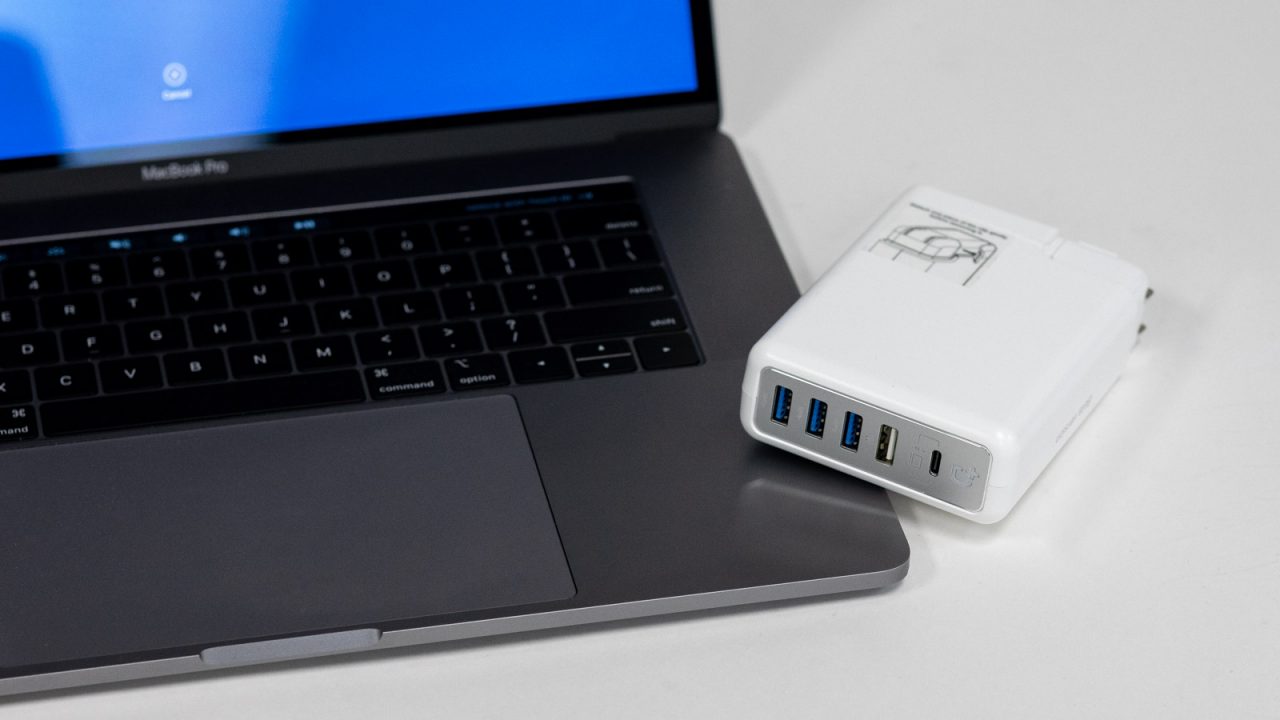
Apple’s recent MacBook Pro lineup is significantly limited in terms of port selection. While the company gives you up to four Thunderbolt 3 ports depending on the model, other still-handy ports like USB Type-A and HDMI are missing.
This has led to the relative explosion of the USB-C and Thunderbolt 3 docking station and hub market, with hundreds of options available at varying levels of capability and quality. But one of the worst aspects of this docking station craze is that you need to remember to take it with you. That may seem simple, but most MacBook Pro owners will tell you that they’ve encountered situations in which they required “legacy” port connections but didn’t have the necessary docking station or adapters on hand.
That’s where the DockCase P1 Adapter comes in. This device, which recently completed a successful Kickstarter campaign, connects directly to your MacBook Pro’s power adapter and supplies both USB 3.0 Type-A and HDMI 2.0 ports in addition to passing through power.
The DockCase P1 has a male USB-C connector on the inside of the device that perfectly clicks into place when the Apple power adapter is pushed in and connected. A small plastic bracket snaps on to the opposite side of the adapter to hold it in place. Our pre-release version featured relatively cheap-feeling plastic but it didn’t fail, chip, or break at all during our several weeks of testing the device with our 2018 15-inch MacBook Pro.
Since the Apple power adapter slides into the DockCase P1, the overall length of the combined unit is about half an inch longer than normal, and a few millimeters are added to its height. Despite this, the P1 itself is relatively lightweight, and doesn’t feel noticeably bigger or heavier when connected to the Apple adapter.
The DockCase P1 is available in four models, two each for the 13-inch and 15-inch Thunderbolt 3-equipped MacBook Pros. Within each MacBook model, the P1 Adapters are further divided between “QC” and “HD” models. The QC (QuickCharge) models offer a USB 3.0 Type-A hub along with a single QuickCharge 3.0 Type-A port that supports up to 12V/3A output. The HD models trade the QuickCharge port for an HDMI 2.0 display output.
The only other difference between the adapter models is that the 13-inch MacBook Pro model has two USB 3.0 ports for its hub while the larger 15-inch MacBook Pro model offers three ports.
DockCase sent us the 15-inch QC model, so we weren’t able to test the power performance of the 13-inch model or the HDMI output of the HD models.
Limitations & Caveats
We encountered a few issues or limitations with our review unit. First, at least in terms of the 15-inch model we tested, the maximum output of the USB-C port is 70W compared to the 87W provided by the Apple power adapter alone. This is enough to charge the 15-inch MacBook Pro while not in use, and to keep it charging while using it for light workloads, but if you’re stressing the system’s CPU and GPU with tasks like advanced gaming or video encoding, your MacBook Pro’s battery will charge slower with the 70 watts coming out of the DockCase Adapter than it would with the 87W Apple adapter. While we couldn’t test it, the same limitation applies to the 13-inch model, which supplies a maximum of 45W compared to the Apple adapter’s 60W.
The second issue is the speed of the USB hub. While rated at up to USB 3.0, real world performance was notably lower than other USB-C hubs or single-purpose USB-C-to-A adapters. With a USB 3.0 flash drive that can obtain more than 300MB/s for both reads and writes when connected natively, we saw only about 100MB/s writes and 140MB/s reads when connected via the DockCase P1 hub. This is still fast enough for most common storage needs but will be a noticeable bottleneck for users who require the best storage performance.
Finally, while we weren’t able to test one of the HD models, we’ll note that the DockCase specifications limit output on the HDMI port to a maximum of 4K resolution at a 30Hz refresh rate. The HDMI 2.0 specification can support up to 4K60Hz, but at that point you’re nearing the limits of the device’s USB-C bandwidth. This isn’t an unusual limitation for USB-C-based video outputs, but it’s good to know prior to making a purchase.
Conclusion
The aforementioned limitations don’t necessarily outweigh the convenience of the DockCase P1 Adapter line. Without adding much bulk to your MacBook Pro power adapter, you’ll almost guarantee that you’ll never be without a USB Type-A connection or HDMI video output.
The DockCase P1 certainly doesn’t offer the same selection of port types that are found on more traditional USB-C docks, and its lower power output and slower USB hub speeds are certainly “good enough” for the majority of MacBook owners who value compatibility and flexibility over pure performance.
If you’re interested in picking up a DockCase P1 Adapter, you can place a pre-order directly from the company’s website. MSRP starts at $59.99 for the 13-inch QC model and range up to $84.99 for the 15-inch HD model. The 15-inch QC model we reviewed is listed at $69.99. All models are expected to start shipping December 10th, and the company is (as of the date of this review’s publication) advertising a 20% off code (“NEWDOCK”) on its website.
Review Disclosure: DockCase provided the 15-inch P1 QC Dock Adapter to TekRevue for review. Neither TekRevue nor its staff were compensated in any way by DockCase, nor was this content subject to review or approval by any third party. TekRevue does not have an affiliate relationship with DockCase or its partners.




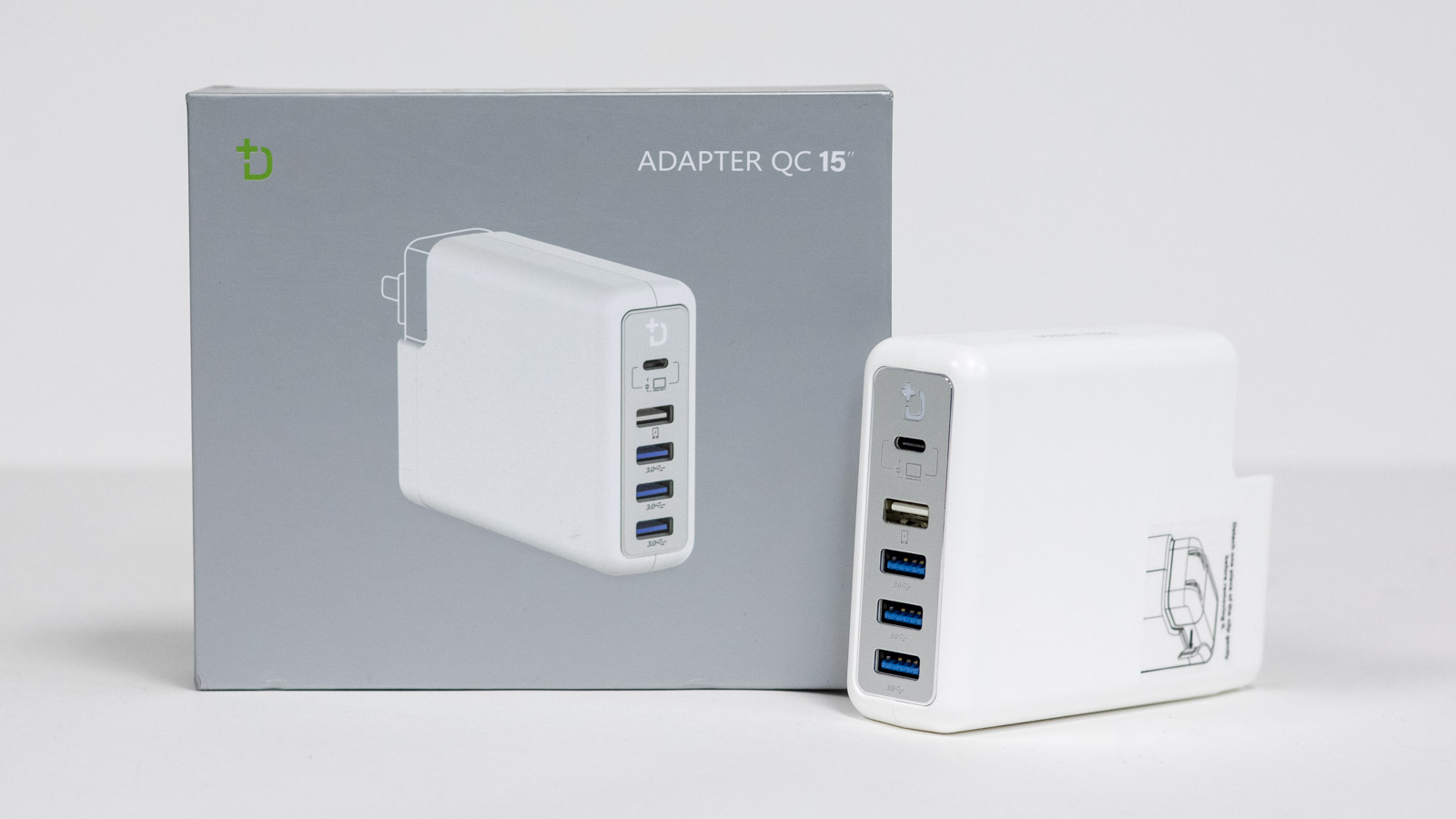
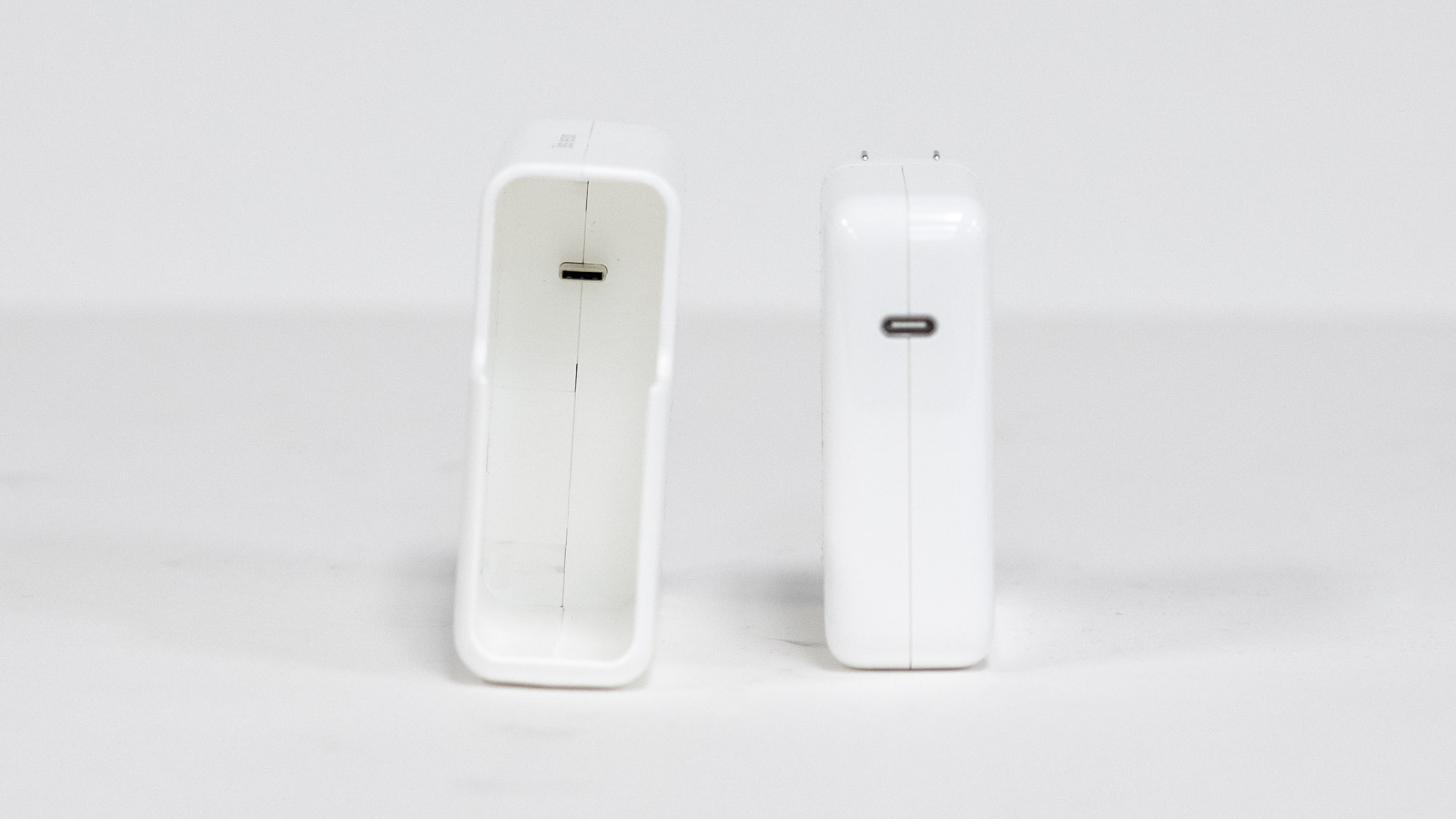
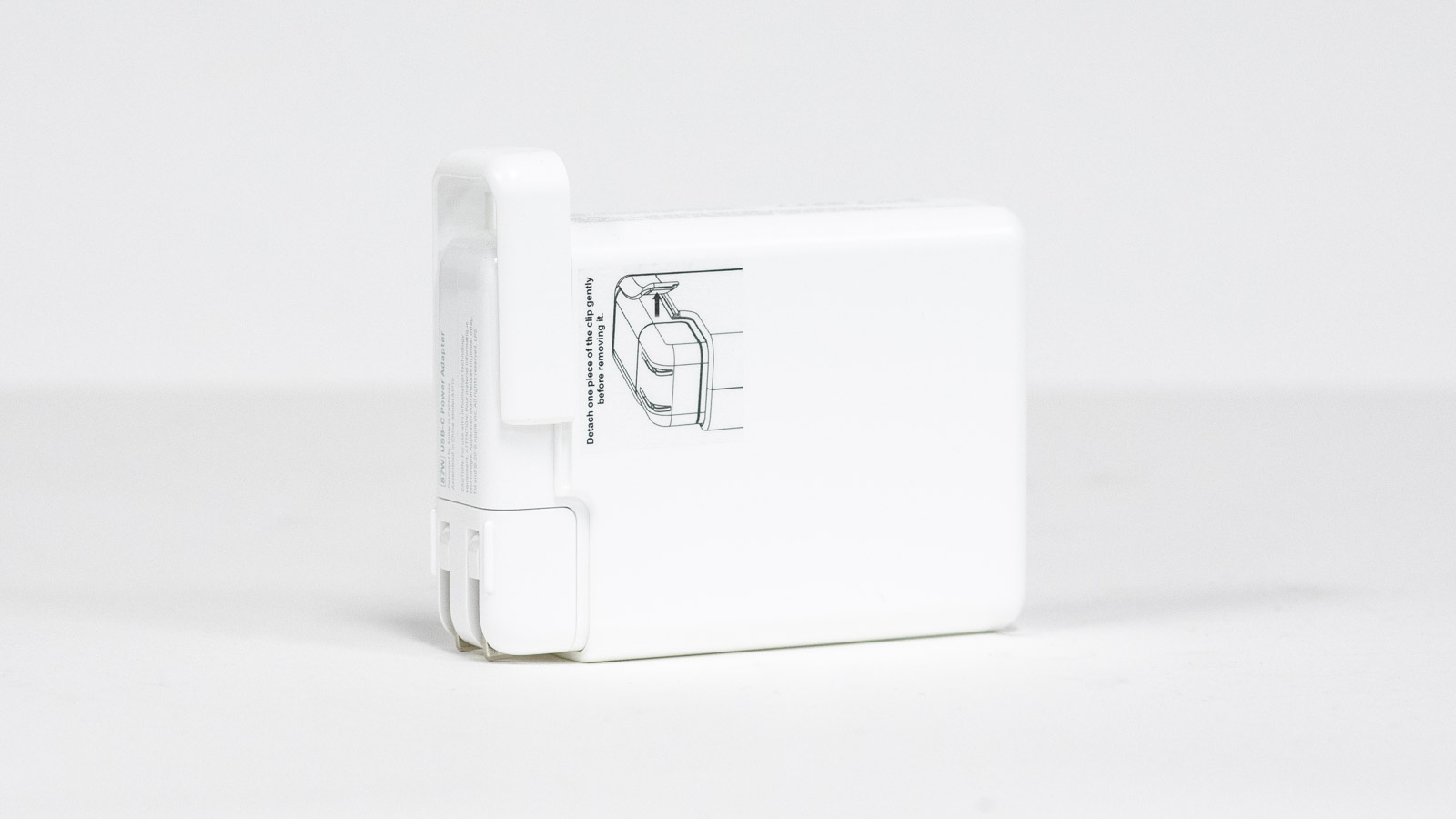
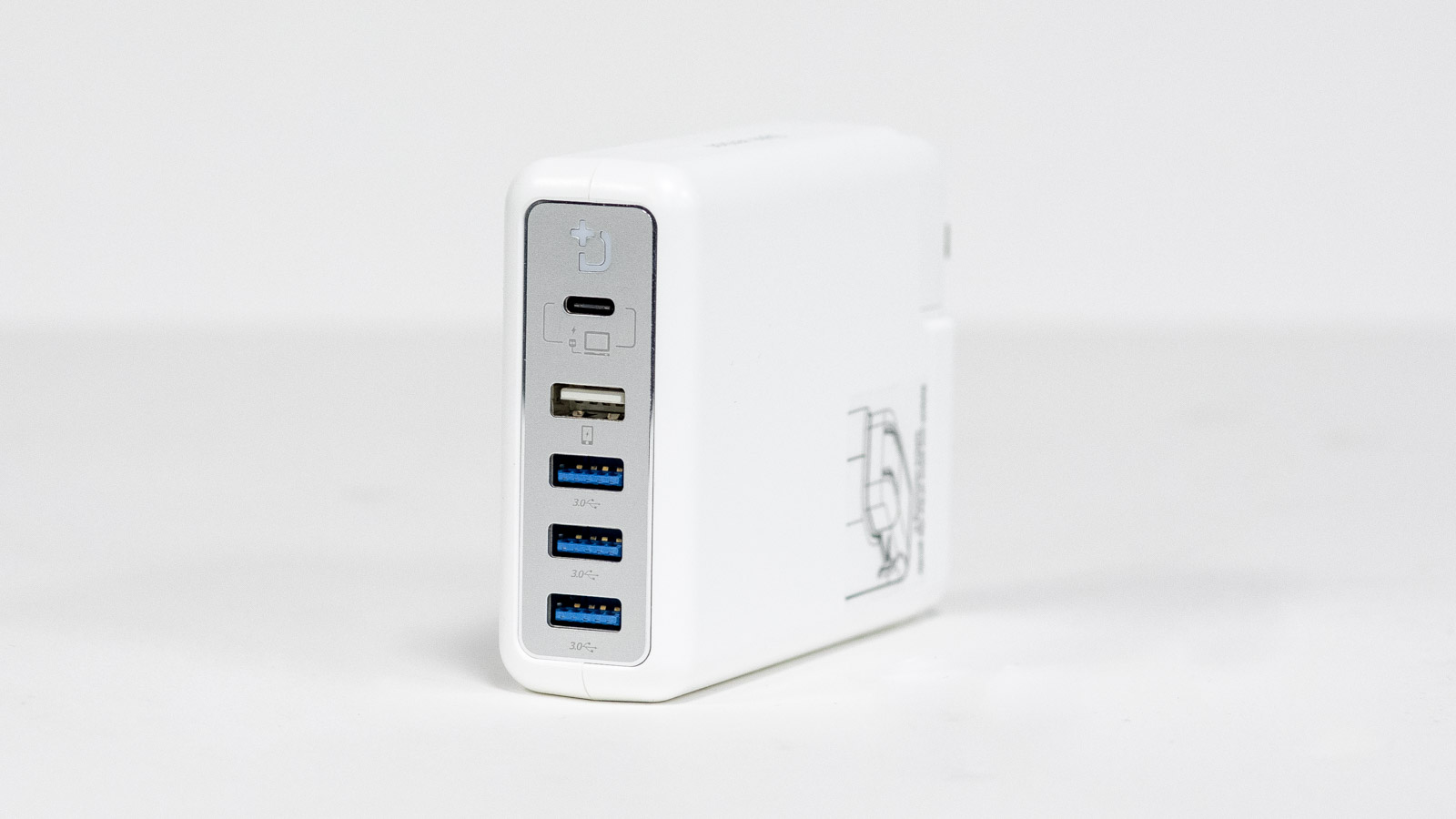














One thought on “DockCase P1 Adapter: A USB-C Hub that Connects to Your MacBook Pro Charger”